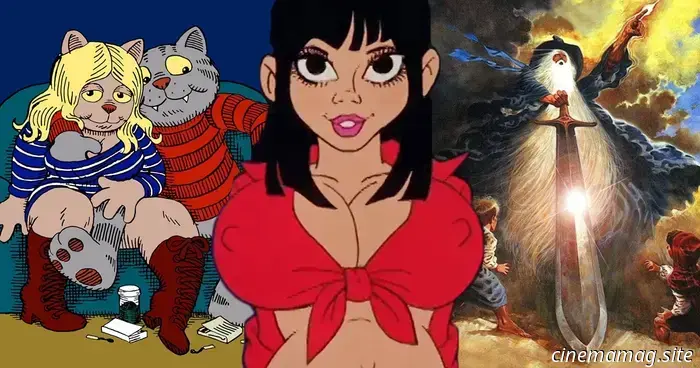
Ralph Bakshi: An Overlooked Trailblazer
Simon Thompson delves into the career of groundbreaking animated filmmaker Ralph Bakshi. While not directly related, I’m inspired to draw a parallel: when renowned American author Hubert Selby Jr. passed away, a documentary was made about him. During an interview, when one of the participants was asked about Selby’s place in American literature, he responded, “his absence from it.” This concept is similarly applicable to Ralph Bakshi's career and accomplishments. Bakshi, an animation innovator well ahead of his time, aimed to use the medium to explore complex and explicit themes, predominantly intended for adult viewers, profoundly altering American animation.
Since his peak in the 1970s and 80s, often regarded as his golden era by critics and fans alike, Bakshi has become a largely forgotten figure despite his groundbreaking contributions. He has not directed a feature-length film since 1992 and has become somewhat of an outcast in Hollywood, a situation that a filmmaker of his caliber does not deserve.
Ralph Bakshi was born in October 1938 in Haifa, then part of the British Mandate of Palestine, to a Jewish family. At the age of one, his family moved to the United States, settling in Brownsville, Brooklyn. This neighborhood, known for its poverty and toughness, captivated young Bakshi, as did the comic books he scavenged from local bins. In 1947, at age 8, he visited Washington, D.C., with his father and uncle. During their stay in the majority-black Foggy Bottom area, Bakshi was warmly welcomed by local kids and felt socially at ease. However, his time in Washington also exposed him to the harsh realities of prejudice.
Washington was a segregated city under Jim Crow Laws that extended into education. Due to the long distance to the nearest white school, Bakshi attended a black school with his mother’s permission. A teacher reported his presence to the principal, who subsequently involved the police, fearing a riot if the local community discovered a white Jewish child was enrolled at a black school, resulting in Bakshi being removed from his class.
After Bakshi's father began suffering from anxiety, the family relocated back to Brownsville, where Bakshi spent his formative years. His passion for drawing ignited during his teenage years when he discovered a copy of Gene Byrne’s Complete Guide to Cartooning at his local library. He took the book, eagerly absorbing every lesson, producing drawings that showcased his love for science fiction and fantasy while reflecting the gritty environment around him.
During high school, Bakshi frequently clashed with teachers and authority figures, describing this phase of his life as riddled with complaints and doodling. After accumulating too many detentions, the principal recognized that Bakshi was ill-suited for traditional schooling and recommended his transfer to Manhattan’s School of Industrial Art, which he believed would help cultivate Bakshi's artistic talents.
After graduating at 18 in 1956, Bakshi started his ascent in the animation industry from the ground up. His first role was as a cel polisher at TerryToons (home to Mighty Mouse, among others), meticulously cleaning animation cells. Impressed by his diligence, production manager Frank Schudde promoted Bakshi to cel painter. With this new position, he began to showcase his talent to higher management, and several established figures, including Connie Rasinski, took it upon themselves to mentor his artistry.
At 21, Bakshi wed his girlfriend Elaine, and they had a son named Mark a year later. As Bakshi took on more professional responsibilities, culminating in a promotion to animation director by 25, tensions arose in his personal life due to Elaine struggling with his long working hours. Bakshi attempted to address his personal challenges through a comic strip called Dum Dum And Dee Dee, finding solace amid his rocky marriage. Eventually, his enthusiasm for animation waned as he grew frustrated with an industry that felt outdated and stagnant, recycling the same conventional ideas with minimal input from directors.
Bakshi's first significant project where he had genuine creative input was The Mighty Heroes, a superhero parody show pitched to CBS programming chief Fred Silverman. This marked Bakshi's first major directorial role after a decade in the field and hinted at his distinctive, anarchic sense of humor — a trait that would characterize many of his later films.
As his influence at TerryToons grew, Bakshi recruited notable comic book artists like Harvey Kurtzman, Wally Wood, and Jim Steranko to contribute to the studio’s work, establishing it as a daring experimental hub within American animation unafraid to embrace creative risks that other studios, like Hanna-Barbera or Warner Bros, would avoid. Upon discovering that his position would be temporary and that Paramount (the parent company of TerryToons) was closing its animation division, Bakshi declined a severance package and opted to start his own studio, Bakshi Productions, which operated in Manhattan's Garment District — a place Bakshi himself


















Other articles
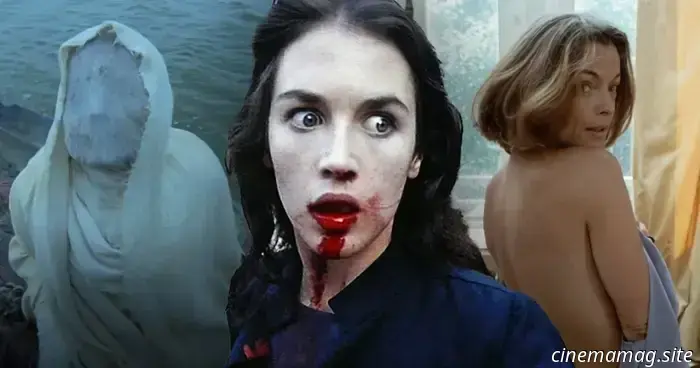 With less than two weeks remaining until the debut of R.L. Stine’s Pumpkinhead, Tubi has released a poster and trailer for the upcoming film adaptation of Stine’s short story from the 1999 children's horror anthology, Nightmare Hour.
Directed and written by Jem Garrard, the movie centers around Sam, a boy adjusting to his recent relocation to the peculiar town of Redhaven. He embarks on a quest to locate his older brother Finn, who mysteriously vanishes just before Halloween, with everyone seemingly forgetting he ever existed.
The cast includes Bean Reid, Adeline Lo, Kevin McNulty, Bob Frazer, Matty Finochio, Seth Isaac Johnson, Kendra Anderson, Troy James, Dominic Mariche, Chase Petriw, Vera Frederickson, Rorelee Tio, and Mike Desabrais. Take a look at the trailer below…
“A teenager, Sam believed moving to Redhaven was the worst part—until his brother Finn disappears, and no one, not even their mother, remembers him. With Halloween approaching, Sam, along with his friend Becka and Rusty, the town’s most eccentric outcast, must break a harvest curse before Finn is lost forever.”
R.L. Stine’s Pumpkinhead premieres on October 17th.
We reflect on the often-overlooked visionary Andrzej Zulawski and his significant films… When considering the great visionaries of cinema, numerous names quickly come to mind, including…
With less than two weeks remaining until the debut of R.L. Stine’s Pumpkinhead, Tubi has released a poster and trailer for the upcoming film adaptation of Stine’s short story from the 1999 children's horror anthology, Nightmare Hour.
Directed and written by Jem Garrard, the movie centers around Sam, a boy adjusting to his recent relocation to the peculiar town of Redhaven. He embarks on a quest to locate his older brother Finn, who mysteriously vanishes just before Halloween, with everyone seemingly forgetting he ever existed.
The cast includes Bean Reid, Adeline Lo, Kevin McNulty, Bob Frazer, Matty Finochio, Seth Isaac Johnson, Kendra Anderson, Troy James, Dominic Mariche, Chase Petriw, Vera Frederickson, Rorelee Tio, and Mike Desabrais. Take a look at the trailer below…
“A teenager, Sam believed moving to Redhaven was the worst part—until his brother Finn disappears, and no one, not even their mother, remembers him. With Halloween approaching, Sam, along with his friend Becka and Rusty, the town’s most eccentric outcast, must break a harvest curse before Finn is lost forever.”
R.L. Stine’s Pumpkinhead premieres on October 17th.
We reflect on the often-overlooked visionary Andrzej Zulawski and his significant films… When considering the great visionaries of cinema, numerous names quickly come to mind, including…
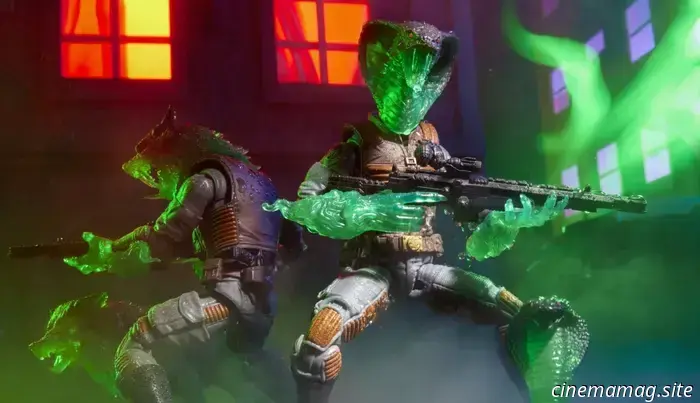 Cobra releases the Ghost Viper and D.I.R.E. Beasts in the G.I. Joe Classified Series action figure collection.
After bringing Crystal Ball on board earlier this year, Cobra is fully embracing the supernatural in its fight against G.I. Joe, with Hasbro officially introducing the G.I. Joe Classified Series Ghost Viper…
Cobra releases the Ghost Viper and D.I.R.E. Beasts in the G.I. Joe Classified Series action figure collection.
After bringing Crystal Ball on board earlier this year, Cobra is fully embracing the supernatural in its fight against G.I. Joe, with Hasbro officially introducing the G.I. Joe Classified Series Ghost Viper…
.jpg) Film Review – After the Hunt (2025)
After the Hunt, 2025. Directed by Luca Guadagnino. Featuring Julia Roberts, Ayo Edebiri, Andrew Garfield, Michael Stuhlbarg, Chloë Sevigny, Lio Mehiel, David Leiber, Thaddea Graham, Will Price, Christi…
Film Review – After the Hunt (2025)
After the Hunt, 2025. Directed by Luca Guadagnino. Featuring Julia Roberts, Ayo Edebiri, Andrew Garfield, Michael Stuhlbarg, Chloë Sevigny, Lio Mehiel, David Leiber, Thaddea Graham, Will Price, Christi…
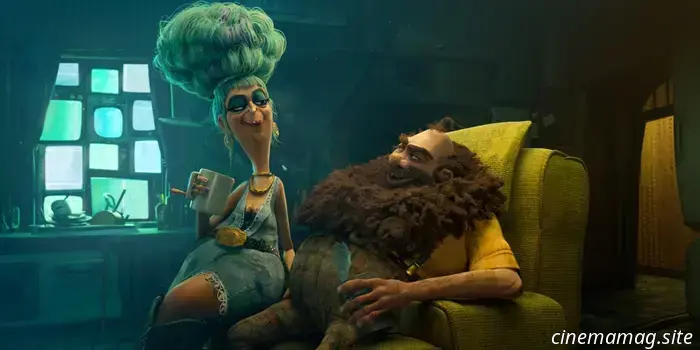 Netflix has released a trailer for its animated adaptation of Roald Dahl's The Twits.
Netflix has released the initial trailer for The Twits, an upcoming animated film inspired by the beloved children's book by Roald Dahl. The movie follows two courageous orphans who join forces with a family of m…
Netflix has released a trailer for its animated adaptation of Roald Dahl's The Twits.
Netflix has released the initial trailer for The Twits, an upcoming animated film inspired by the beloved children's book by Roald Dahl. The movie follows two courageous orphans who join forces with a family of m…
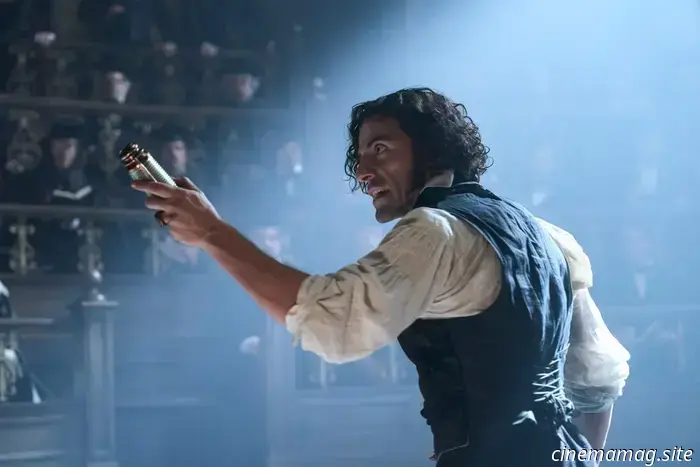 SCAD Film Festival's lineup features Frankenstein, Hamnet, Wake Up Dead Man, among others.
The SCAD Savannah Film Festival revealed an impressive lineup of films vying for awards, featuring Guillermo del Toro's Frankenstein, Chloe Zhao's Hamnet, and Rian...
SCAD Film Festival's lineup features Frankenstein, Hamnet, Wake Up Dead Man, among others.
The SCAD Savannah Film Festival revealed an impressive lineup of films vying for awards, featuring Guillermo del Toro's Frankenstein, Chloe Zhao's Hamnet, and Rian...
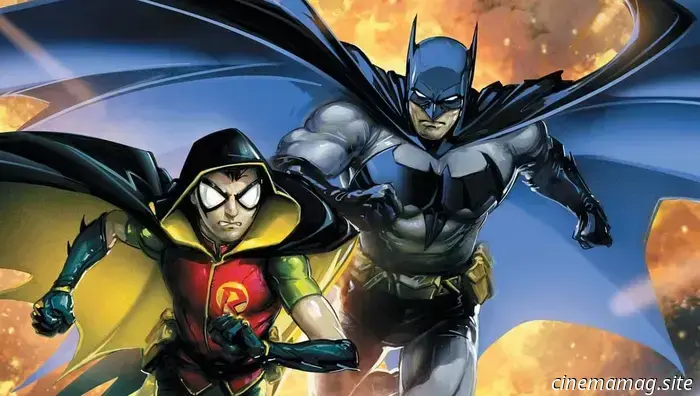 Preview of Batman and Robin #26
DC Comics will release Batman and Robin #26 on Wednesday, and you can view the official preview of the issue below... The enigmatic Quiet Man persists in his vicious assault on Gotham’s underworld...
Preview of Batman and Robin #26
DC Comics will release Batman and Robin #26 on Wednesday, and you can view the official preview of the issue below... The enigmatic Quiet Man persists in his vicious assault on Gotham’s underworld...
Ralph Bakshi: An Overlooked Trailblazer
Simon Thompson explores the career of innovative animated filmmaker Ralph Bakshi. Although this is somewhat indirectly connected to the subject, I will still make this comparison…
